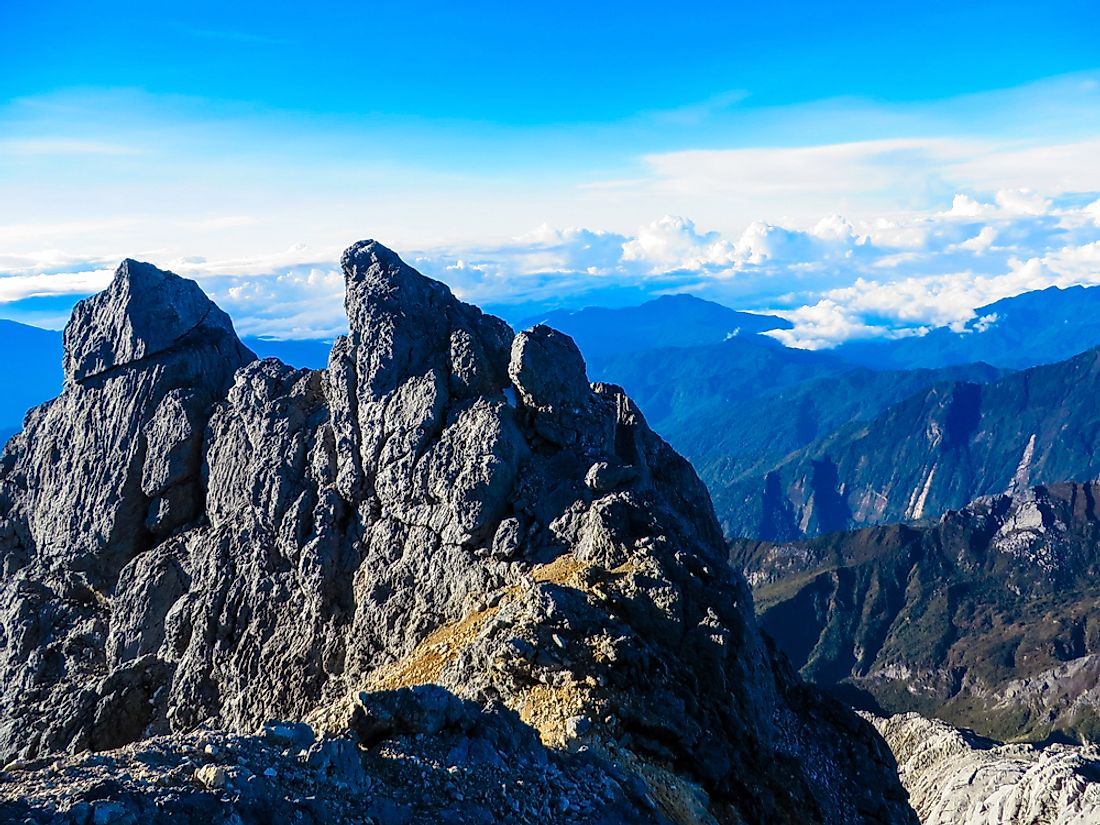Where is the Puncak Jaya?

The Puncak Jaya Mountain attains an elevation of 16,024 feet in the Oceanic nation of Indonesia. It is situated in the Sudirman Range of the Papua Province in Indonesia. It is also the highest peak in that province of the country. Among climbing enthusiasts, the mountain is also known as Carztensz Pyramid. In 1623, Dutch explorer and mountaineer Jan Carstenszoon was the first foreigner to have discovered the mountain. Although he had not climbed it, he was also the first to verify that there were extensive glacial ice covers on top of the mountain. The name "Carztensz Pyramid" was given to the mountain in honor of Jan Carstenszoon.
4. Historical Role
Mount Puncak Jaya and the province Papua was taken over by Indonesia in 1963, and the mountain was given a new name, Sukarno Peak, in honor of Indonesia's first president. Then, it was later changed to "Puncak Jaya" (meaning Victory Mountain). The first ascent of the mountain was made in 1936 by a Dutch expedition comprised by Jean Jacques Dozy, Anton Colijn, and Frits Wissels. They climbed two of its three summits, East Carstensz and Ngga Pulu, but could not climb the third summit, the Carstensz Pyramid, due to bad weather. It was not until 1962 when the third summit was successfully climbed, with the feat being carried out by Austrian Heinrich Harrer, New Zealander Philip Temple, Australian Russell Kippax, and Dutchman Albertus Huizenga.
3. Modern Significance
The mountain was closed to mountaineers from 1995 through 2005. However, today access to the mountain is possible by way of the issue of a government permit to do so. The mountain is very rare in that, despite its location on the equator, its height permits its slopes to retain large glaciers, although since the 1850s large portions of these glaciers have melted. There are still glaciers left close to the top of the mountain, but its peaks are now ice-free. The Grasberg Mine is also found on the mountain. It operates as a gold, copper, and silver mine, and it has about 19,500 employees. The mine's history has been soiled by strikes, accidents, and blockades of miners since it started operation.
2. Habitat
In 1963, the Dutch finally withdrew from West New Guinea. The Indonesian government quickly annexed it to their own country, and focused on developing modern industry therein, including mining. Only later did the government turn its sights more towards the importance of nature conservation and the preservation of its forests and animals. Irian Jaya is the area where Mount Puncak Jaya rises in the Papua Province of Indonesia. The base and slopes of Mount Puncak Jaya offer a diverse habitat that ranges from montane to alpine to glacial. Its major habitats are inclusive of mangroves and other swampland, lowland rainforests, a lower montane zone, an upper montane zone, and an alpine zone. The fauna there consists of a variety of mammals, birds, reptiles, amphibians, fishes, and insects and other invertebrates.
1. Threats and Disputes
After the start of the annexation of Papua Province, the Indonesian government concentrated on petroleum and minerals exploration and development activities. It also made road-building a priority, and Indonesia also expanded its timber industry interests in the region. Realizing the lack of proper conservation measures in place, the Indonesian government, the World Wildlife Fund, and the International Union for the Conservation of Nature saw the need to work together for the conservation of its resources, and to protect the biodiversity found throughout the Papua Province. In 2012, the WWF celebrated 50 years of conservation work in Indonesia. Sadly, however, there is much work to be done here still, due to the decline in conservation efforts among Indonesian grassroots organizations and local communities. These communities have been ignoring rules and regulations, and a subsequent increase in deforestation, overfishing, and irresponsible hunting has become an ever greater problem, and one worsened further by increased population pressures.







